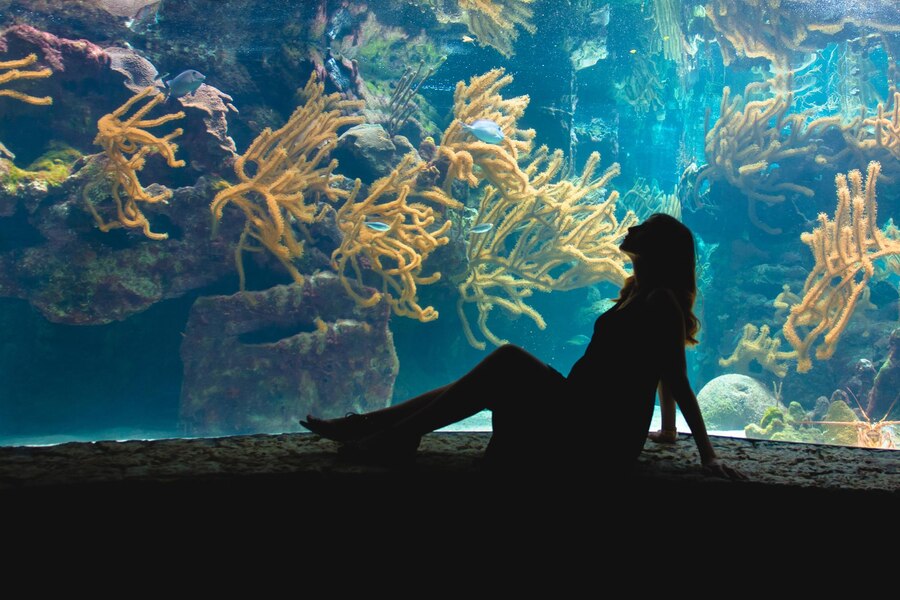In the rich tapestry of mythology and folklore, Sea Nymph enchant with their ethereal beauty and mysterious allure. These mythical creatures, often depicted as graceful maidens of the sea, captivate the imagination with their connections to oceanic realms and marine life. Let’s delve into the enchanting world of sea nymphs and their enduring presence in cultural narratives worldwide.
Origins and Representations
Sea Nymph, known by various names such as Nereids, Naiads, Oceanids, and mermaids, originate from ancient Greek mythology and have counterparts in many other cultures. They are typically portrayed as female spirits or deities associated with bodies of water, ranging from seas and oceans to rivers, lakes, and springs.
Characteristics and Traits
Sea Nymph are renowned for their beauty, often described as having long flowing hair, shimmering scales, and captivating voices that echo across the waves. They possess a deep affinity with marine life, sometimes depicted as riding dolphins or sea creatures, and are known for their ability to influence the natural world and sailors through their enchanting songs and mystical powers.
Types of Sea Nymphs
- Nereids: These sea nymphs are daughters of Nereus, the ancient sea god, and are often depicted as attendants to Poseidon, the god of the sea. They embody aspects of the sea’s bounty and are associated with the protection of sailors and sea travelers.
- Oceanids: As nymphs of the oceans and saltwater seas, Oceanids are considered the daughters of Oceanus and Tethys. They represent the vast expanse and mysteries of the deep seas, influencing currents, tides, and the abundance of marine life.
- Naiads: These nymphs are associated with freshwater sources such as rivers, lakes, and springs. While not strictly sea nymphs, their connection to water and aquatic environments is profound, often portrayed as guardians of their respective water bodies.
Cultural Significance
Sea nymphs feature prominently in literature, art, and folklore throughout history. They symbolize the dual nature of the sea—both nurturing and perilous—as well as the enduring fascination humans have with the mysteries of the ocean. From ancient Greek epics like Homer’s Odyssey to modern-day tales of maritime folklore, sea nymphs continue to inspire stories of love, adventure, and the awe-inspiring power of the natural world.
Depictions in Art and Literature
Artists and writers have long been inspired by sea nymphs, portraying them in various mediums:
- Paintings and Sculptures: Classical art often depicts sea nymphs as graceful figures emerging from the waves or adorning vessels and maritime scenes.
- Literature: Poets and authors weave tales of romance and tragedy involving sea nymphs, exploring themes of longing, transformation, and the interplay between the human and supernatural realms.
Modern Interpretations
In contemporary culture, Sea Nymph remain a popular motif in fantasy literature, films, and artistic representations. Their allure continues to captivate audiences, reflecting ongoing fascination with the mysteries of the ocean and the enduring appeal of mythical beings.
Conclusion
Sea Nymph embody the timeless allure of the sea, blending beauty, mystery, and supernatural power in cultural narratives spanning centuries. As symbols of the ocean’s enchanting and sometimes treacherous nature, these mythical beings continue to inspire awe and imagination, reminding us of the enduring connection between humanity and the vast waters that cover our planet.







